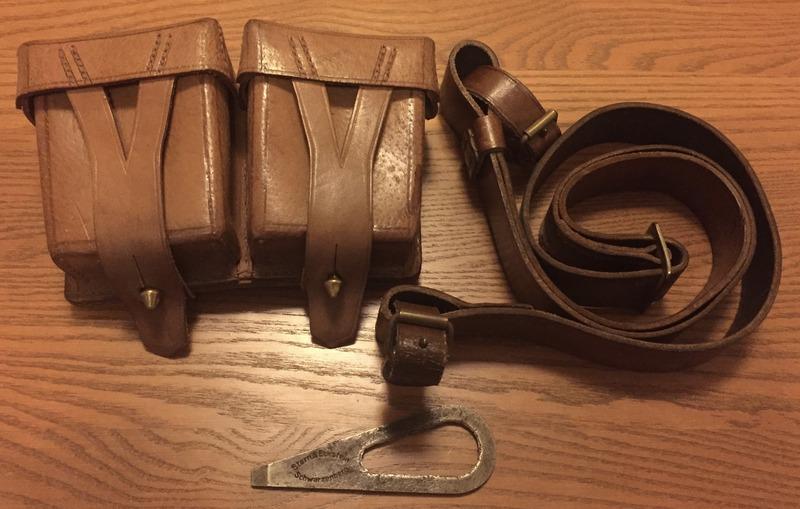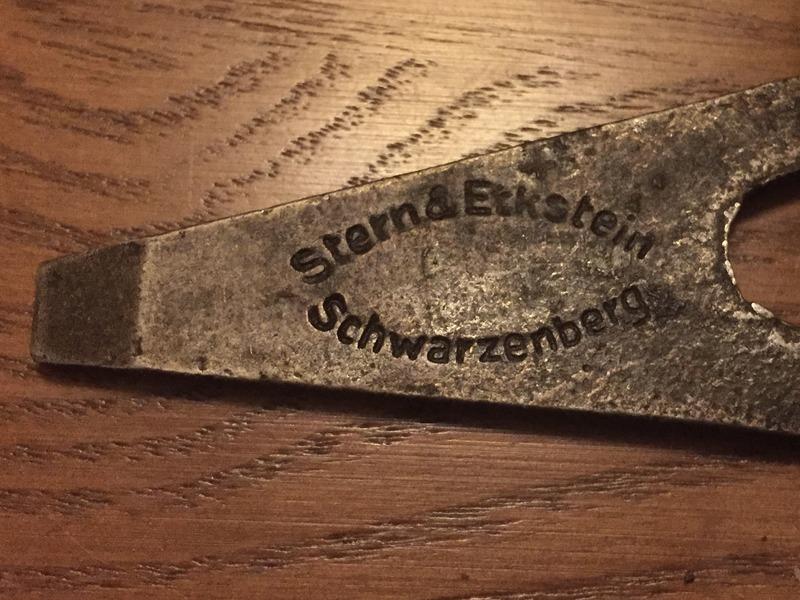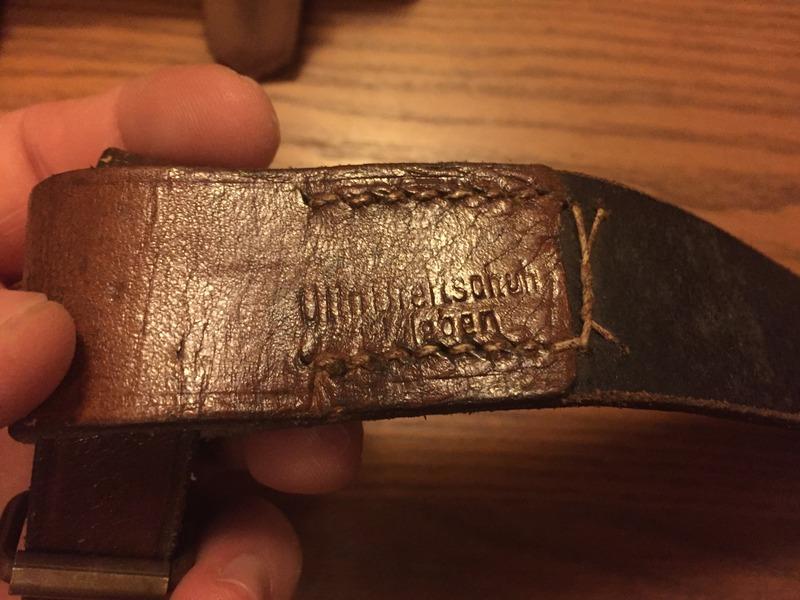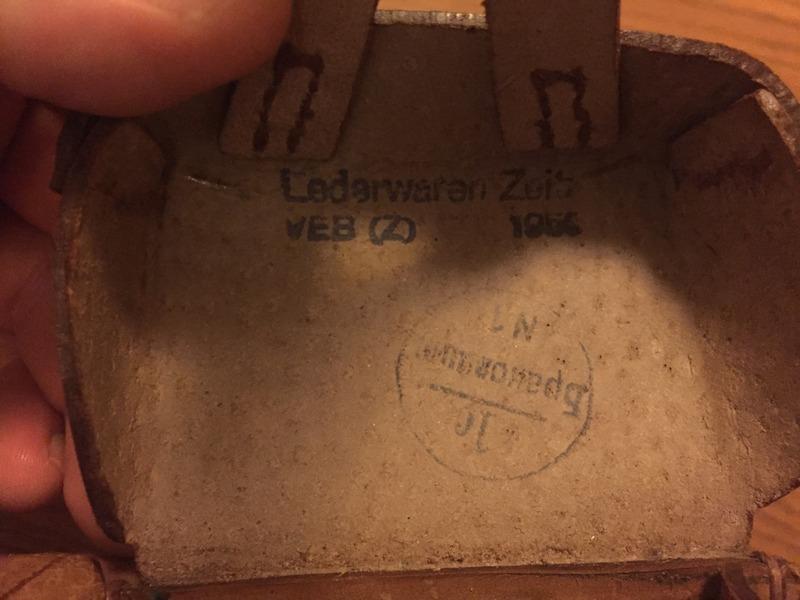-
German-made Mosin accessories.
So I completed an interesting accessory set today. A little history first.
On May 9, 1945, the war ended between the Union of Soviet Socialist Republics and the Third Reich. At that time, what was to become East Germany was largely occupied by Soviet troops.
was largely occupied by Soviet troops.
At the Yalta Conference during World War II, the Allies chopped up Germany into what would become occupation zones after victory.
From 1949 to 1990, the Soviet Occupation zone became East Germany, which was occupied by Soviet forces from 1945 to 1991 and Russian Federation forces from 1991 to 1994. East Germany was effectively a satellite state of the Soviet Union.
Federation forces from 1991 to 1994. East Germany was effectively a satellite state of the Soviet Union.
At the Yalta Conference, it was also decided the defeated German territories would be on the hook for war reparations to allied nations. Unlike after WW1, no reparations were to be paid in money. Instead, reparations would be made up of German industrial assets and forced labour. Recipient countries included Greece, Israel, The Netherlands, Poland, Yugoslavia and the Soviet Union.
and the Soviet Union.
So why is all this important for the Mosin collector? Well, one of the reparations activities imposted on East Germany was the manufacture and supply of Mosin Nagant accoutrements to the USSR to make up for materiel lost during the war.
I've put together a representative batch of these items, including an ammunition pouch, a screwdriver tool and a sling. When found, these items are generally dated 1950 and it's thought the fledgling DDR was able to meet much of the USSR's accoutrement demands that year.
There are a few makers out there, and these are representative. The ammo pouches are pretty common, but the screwdrivers, which contained no firing pin protrusion notches, and the leather slings with brass fittings are considerably harder to acquire.

Screwdriver made by Stern & Eckstein in Schwarzenberg.

Sling made by Ulin Breitschuh in Eisleben.

Ammunition Pouch made by Lederwaren Zeitz in 1950.

As an observation, the leather goods are generally better made than anything the Soviets made for themselves. Even in captivity, the German people put pride of craftsmanship into the materials they produced, it seems.
Information
 |
Warning: This is a relatively older thread
This discussion is older than 360 days. Some information contained in it may no longer be current. |
|
Союз нерушимый республик свободных Сплотила навеки Великая Русь. Да здравствует созданный волей народов Единый, могучий Советский Союз!
-
The Following 5 Members Say Thank You to Claven2 For This Useful Post:
-
11-17-2016 09:05 PM
# ADS
Friends and Sponsors

was largely occupied by Soviet troops.
Federation forces from 1991 to 1994. East Germany was effectively a satellite state of the Soviet Union.
and the Soviet Union.






















 PM
PM






